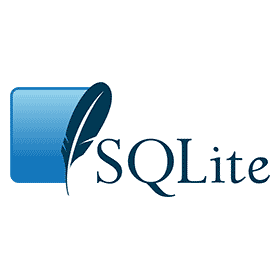SQLite course

Who is suitable to read this tutorial?
What you need to know before reading this tutorial:
Compile/execute SQLite program
SQLite Function Reference Manual
SQLite Useful Resources
SQLite Useful Websites
SQLite Home Page -The official website of SQLite provides the latest installation version of SQLite, the latest SQLite information and the complete SQLite tutorial. PHP SQLite3 -The website provides full details of PHP support for SQLite 3 databases. SQLite JDBC Driver: -SQLite JDBC, developed by Taro L. Saito, is a library for accessing and creating SQLite database files in Java. DBD-SQLite-0.31 -The SQLite Perl driver driver is used with the Perl DBI module. DBI-1.625 -The Perl DBI module provides a common interface for any database, including SQLite. SQLite Python -The sqlite3 python module was written by Gerhard Haring. It provides a SQL interface compatible with the DB-API 2.0 specification.

